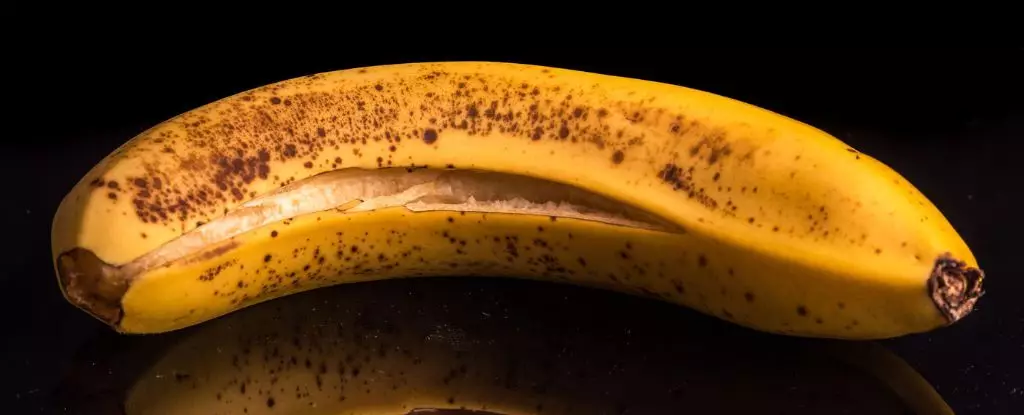In a world grappling with food waste, it’s revealing how we often dismiss the potential of something as ordinary as a banana peel. Historically considered nothing more than refuse, this skin, which makes up nearly 40% of the banana’s weight, harbors treasures we have neglected for far too long. A groundbreaking study released in 2022 reminds us of this reality by demonstrating that banana peels can be transformed from trash to treasure with a little innovation and culinary creativity. What if I told you that the common banana peel, when processed correctly, could not only spice up your baked goods but also acting as a powerful ally in fighting health issues? The implications of this study chronicle a fascinating journey towards embracing waste not only as a challenge but as an opportunity for enrichment.
Nutritional Powerhouse in Disguise
When we think about food enhancement, we usually turn to superfoods like quinoa or chia seeds. However, the humble banana peel offers acute benefits that can rival these celebrated ingredients. Packed with fiber, magnesium, potassium, and antioxidants, its nutrition profile suggests far more than just being a throwaway byproduct. It’s no wonder that when taste tests revealed baked goods infused with banana peel flour performed favorably against traditional wheat-based recipes, consumers were left astonished. Many weren’t even aware they were indulging in something that could potentially deliver a healthier alternative while maintaining flavor profiles.
Imagine biting into a cookie that not only tastes scrumptious but is also fortified with nutrients that can promote overall well-being. That’s the tantalizing proposition banana peel flour offers. Despite the minor drawback of potential texture variation, expertly crafted recipes that introduce just the right amount of banana peel flour can yield delightful results. During trials, cookies made with a calculated 7.5% incorporation of this unique ingredient struck a satisfying balance between texture and health benefits. Such a revolutionary development urges us to rethink our preconceived notions about what’s edible and what should hit the compost pile.
Culinary Exploration and Waste Reduction
Adopting banana peels into regular cooking doesn’t mean you have to forsake your culinary identity. Icons like Nigella Lawson have been pioneering this journey—her use of banana peels in unconventional menus like curries and banana peel “bacon” demonstrates that the realm of potential is vast. Matters of reducing quality culinary experiences aren’t the focus here; instead, the spotlight is on crafting a diverse and nutritious diet. Vegan food enthusiasts have also embraced this notion, showcasing everything from ‘pulled peel pork’ to inventive desserts. These transformations serve not just to enhance dishes but also represent a promise of sustainability—each discarded peel that finds its way into the meal is a step towards reducing food waste.
As we delve deeper, the correlation between repurposing food waste and pushing the boundaries of culinary creativity becomes increasingly compelling. Baked items incorporating banana peels not only have a longer shelf life due to the antioxidant properties inherent in the peels but also stand as a testament to mindful cooking practices that strive to leave minimal dietary footprints. This initiative stands as a clarion call to rethink our approach to food, urging us to incorporate value where we once saw none.
The Wider Legacy of Edible Peels
Banana peels are just the tip of the iceberg. Other fruit skins, like the skin of mangoes, have demonstrated similar beneficial properties when utilized properly. The movement to integrate these remarkable skins into our diets could culminate in a far-reaching legacy of nutritional innovation and reduced food wastage. The real triumph here lies in creating a culture of respect towards food, honoring resources that are abundant yet often overlooked.
The journey toward culinary reverence and sustainable living is one of mutual respect—not just for what we consume but also for the planet we inhabit. Each bit of fruit we eat can contribute to an evolving narrative of sustainability and health, and it is our responsibility to embrace opportunities for transformation. Will you join this revolution and let the banana peel engender a new paradigm of eating that prioritizes both taste and our environment? The choice is ours to make.

